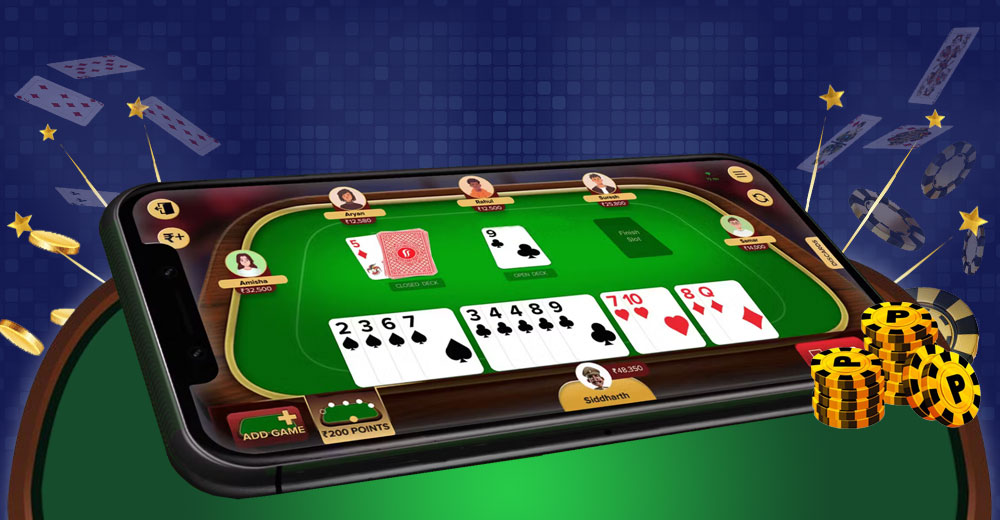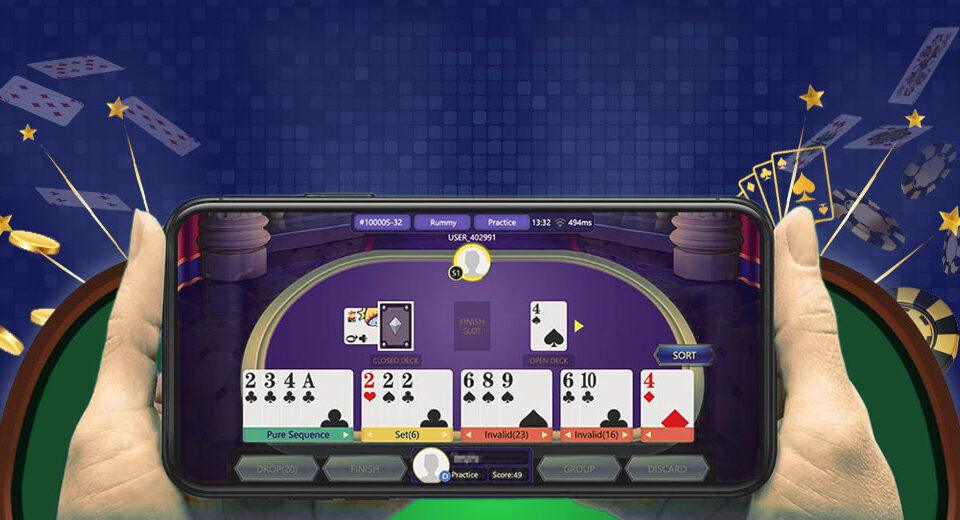Pattern Recognition in Large-Deck Rummy Formats
Larger deck formats in Indian rummy online demand more than just sequence-building and discard logic - they test a player’s capacity for pattern recognition across multiple layers of gameplay. With two or more decks in use, card repetition, joker frequency, and player discard behaviour become more complex. Success lies in reading these patterns, interpreting what cards may be useful, and adjusting strategies to reflect higher deck volume. Mastering this visual and mental discipline is what distinguishes a casual player from someone well-versed in Indian rummy: play rummy games online across demanding formats.
Track Card Recurrence and Probabilities
In large-deck indian rummy game modes such as 2-deck Deals Rummy or extended Pool Rummy formats, you’ll see cards appear more than once. This provides a rare advantage - observing which cards are recurring allows you to calculate how many might still be in play. For example, if you’ve seen two 7♠ cards used or discarded, there's still one or more in circulation. Recognising these trends gives insight into both your own options and potential opponent hands, helping guide sequence or set decisions.
Monitor Joker Saturation and Use
With larger decks come more printed and wild jokers. A player who learns how often jokers enter the table can forecast how useful they may be mid- to late-game. Instead of waiting on natural sequences, knowing that jokers are plenty can prompt smarter use for high-point card replacements. In such formats, advanced joker handling becomes less about preservation and more about timely deployment. Platforms offering indian rummy app download often highlight joker frequency - a detail worth tracking.
Analyse Discard Behaviour More Deeply
Discard tracking is a powerful skill, but in multi-deck formats, it becomes more nuanced. A player discarding a 9♥ early might still be collecting another copy for a set from a second deck. This possibility changes the usual discard logic. To be consistent across formats, learn to adjust assumptions based on deck size. By mapping opponents’ throws in rummy online games with larger decks, you begin recognising whether they’re breaking potential sequences or baiting you into discards.
Recognise Repeated Opening Combinations
When using an Indian rummy app, frequent players often start games with similar opening card setups, particularly in two-deck variants. These recurring opening patterns can reveal useful information about the underlying card distribution. For example, seeing a 5♣-6♣-7♣ group early in multiple games might signal that middle cards are being distributed more than low or high values in the shuffle algorithm. Noticing such tendencies helps anticipate the cards you may receive or need to draw.
Read Mid-Game Tempo Changes
Large-deck games tend to shift pace mid-way through a session. If players are drawing slower or discarding cautiously, it could indicate that they're holding unfinished sets or sequences waiting for one last card. Recognising this tempo change signals the moment to switch your approach - either speeding up if you're close to declaring or slowing down to play more defensively. Observing these patterns boosts your decision-making accuracy during crucial game turns in play indian rummy online free sessions.
Learn the Impact of Mirror Card Distribution
Larger decks introduce the possibility of mirrored card groups - i.e., two players having very similar sequences from different decks. If you’re holding a 2♠-3♠-4♠ sequence, someone else might also be trying to build it. This duplication influences draw pile dynamics and discard expectations. In such scenarios, learning when to abandon a common pattern to build a less competitive sequence becomes a key skill. High-level Indian rummy free play involves this kind of predictive adaptation.
Customise Strategy by Table Type
Platforms offering Indian rummy app experiences sometimes classify tables by format or player count. In larger-deck games with six players, the draw and discard cycles stretch longer, and the pattern recognition window becomes wider. Use this space to build a table-specific strategy - watch who consistently discards low-value cards, who delays action, and who tends to hoard jokers. Such table-level awareness creates long-term advantages in high-volume online rummy apk games.
Conclusion: In large-deck formats, pattern reading is your biggest asset
Mastering pattern recognition in larger deck indian rummy card game sessions goes far beyond just tracking discarded cards. It involves reading the table's tempo, monitoring repeated card entries, identifying joker behaviour, and adjusting to emerging patterns of gameplay. Unlike smaller deck games that reward speed, larger formats reward memory, observation, and deep inference. Whether you’re using an Indian rummy game download platform or competing on a new rummy app, building this skill enhances your control over long-format games, leading to smarter, more consistent outcomes.




